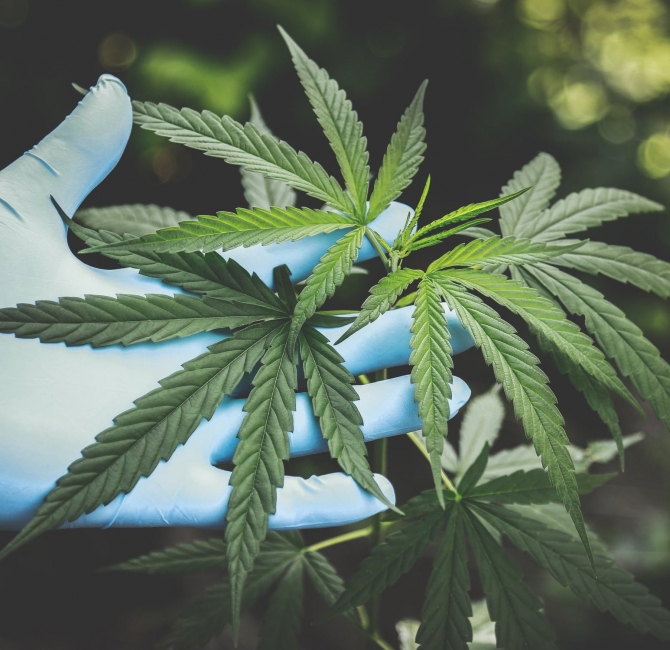Recent evidence suggests that cannabis use during pregnancy is increasing, although population-based data about perinatal outcomes following in utero exposure remain limited. Using a comprehensive perinatal registry in the province of Ontario, a study aimed to assess whether there are associations between reported prenatal cannabis use and maternal, perinatal, and neonatal outcomes. The population-based retrospective cohort study covered live births and stillbirths among women aged 15 years and older in Ontario, Canada, between April 2012 and December 2017.
Objective: To assess whether there are associations between self-reported prenatal cannabis use and adverse maternal and perinatal outcomes.
Exposures: Self-reported cannabis exposure in pregnancy was ascertained through routine perinatal care.
Main Outcomes and Measures: The primary outcome was preterm birth before 37 weeks’ gestation. Indicators were defined for birth occurring at 34 to 36 6/7 weeks’ gestation (late preterm), 32 to 33 6/7 weeks’ gestation, 28 to 31 6/7 weeks’ gestation, and less than 28 weeks’ gestation (very preterm birth). Ten secondary outcomes were examined including small for gestational age, placental abruption, transfer to neonatal intensive care, and five-minute Apgar score. Coarsened exact matching techniques and Poisson regression models were used to estimate the risk difference (RD) and relative risk (RR) of outcomes associated with cannabis exposure and control for confounding.
Results: In a cohort of 661,617 women, the mean gestational age was 39.3 weeks and 51% of infants were male. Mothers had a mean age of 30.4 years and 9,427 (1.4%) reported cannabis use during pregnancy. Imbalance in measured maternal obstetrical and sociodemographic characteristics between reported cannabis users and nonusers was attenuated using matching, yielding a sample of 5,639 reported users and 92,873 nonusers. The crude rate of preterm birth less than 37 weeks’ gestation was 6.1% among women who did not report cannabis use and 12.0% among those reporting use in the unmatched cohort (RD, 5.88% [95% CI, 5.22%-6.54%]). In the matched cohort, reported cannabis exposure was significantly associated with an RD of 2.98% (95% CI, 2.63%-3.34%) and an RR of 1.41 (95% CI, 1.36-1.47) for preterm birth. Compared with no reported use, cannabis exposure was significantly associated with greater frequency of small for gestational age (third percentile, 6.1% vs 4.0%; RR, 1.53 [95% CI, 1.45-1.61]), placental abruption (1.6% vs 0.9%; RR, 1.72 [95% CI, 1.54-1.92]), transfer to neonatal intensive care (19.3% vs 13.8%; RR, 1.40 [95% CI, 1.36-1.44]), and 5-minute Apgar score less than 4 (1.1% vs 0.9%; RR, 1.28 [95% CI, 1.13-1.45]).
Conclusions: Among pregnant women in Ontario, Canada, reported cannabis use was significantly associated with an increased risk of preterm birth. Findings may be limited by residual confounding.



